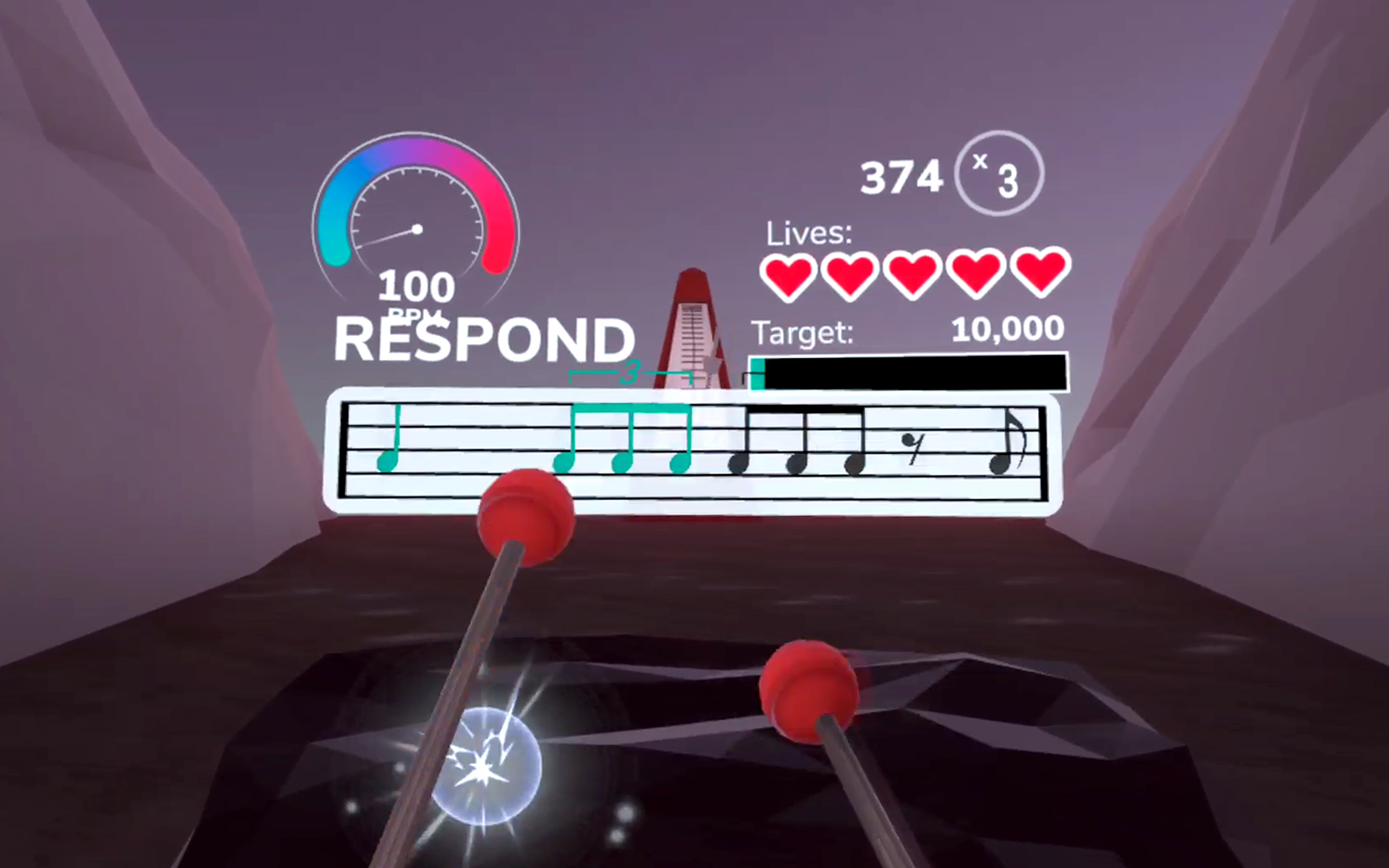Ever wish that you could do take after take in a session without having to look at the clutter of tracks piling up? How about the ability to turn one take on at a time and listen to it without having to turn all of the other takes off? The old school term for this sort of function is, virtual tracks. These were widely employed in the first hard disk recorders to hit the market because they had a limited track count but a not so limited storage capacity. For example, you had 24 voices that could sound simultaneously, for 24 track playback, but each track could have up to 99 virtual tracks associated with it (dependent on the size of the internal hard drive, of course). This greatly expanded production power, giving you more options in the number of takes you could record, or create through editing, per track.
TAKE A BERKLEE ONLINE COURSE WITH ERIK HAWK!
Even today, with our powerful computer based digital audio sequencers, virtual tracks are still very useful. To this end, Pro Tools features a type of virtual tracks function called playlists. Each track (MIDI and audio) in your Pro Tools session can have as many playlists as you need attached. These might be different vocal takes, different real-time groove settings applied to a MIDI performance, or different arrangements of the track’s audio or MIDI regions.
A sound designer I know in Los Angeles who has developed sounds for many movies and TV shows uses playlists to quickly audition different treatments of sound effects for the director. He uses AudioSuite to process the sounds ahead of time, and when the director comes to listen he can fluidly play different versions of his effects while locked to picture. Pretty darn cool.
Here’s a video I made about using playlists in Pro Tools to easily record and manage different MIDI takes. Amazingly, this video is nearly 10 years old, but the playlist feature in Pro Tools still works the same as it did a decade ago. It’s nice when useful features like this stick around in our software programs.
STUDY MUSIC PRODUCTION WITH BERKLEE ONLINE







